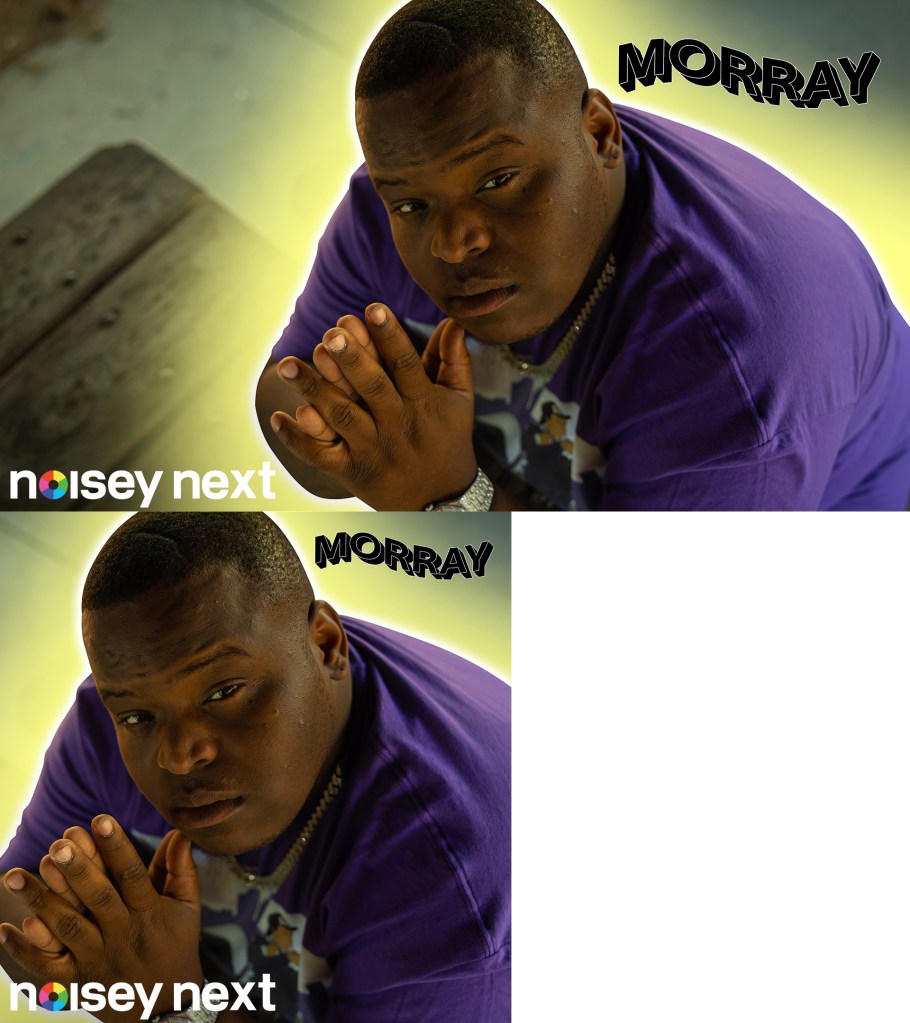
This article appeared in the March issue of VICE magazine. Click HERE to subscribe.
On any weekend night on U Street, it’s no surprise to hear go-go—the signature sound of black Washington, DC—echoing through the bars and music venues. Up until recently, this heavily percussive subgenre of funk music was the DC scene. But the sound of DC is changing, and hip-hop, long overshadowed by go-go, is becoming more prominent.
Videos by VICE
Though less noted, rap has always existed in the DMV (DC, Maryland, Virginia) area. However, today gentrification has pushed new lyricists into a fragmented DIY scene.
Organizations like Trillectro and Will Rap 4 Food throw one-off events, and venues like the southwest DC church-turned-artspace Blind Whino and the northeast DC warehouse space Union Arts (which, unfortunately, will shutter this fall) exist alongside pop-ups in alleys and homes. Gentrification also pushed go-go artists out of the city, and with them went the ubiquity of its sound. Notable acts like Oddisee and Logic have found success without go-go, and it seems every triumphant departure over the years encourages others to emerge from the shadows of the bounce beat to create something unique that’s still representative of home.
The new sound of DMV rap ebbs and flows between the grittiness of East Coast tradition and Dirty South party trap—largely due to a geographic location that awards it the privilege of pulling cultural characteristics from both. The result is a sweeping range of sounds.
Southeast DC’s Shy Glizzy unflinchingly paints pictures of the neighborhood, and his infectious anthem “Awwsome” cemented his breakout. GoldLink raps over BPMs more apt for house than hip-hop. Chaz French’s shredding lyrical honesty forces listeners to sit with captivating truths. And Kelow LaTesha rap-sings through Amethyst Stoner. The scene is thriving as artists push to be heard, even beyond the Beltway.
A longer version of this article appears on Noisey.




